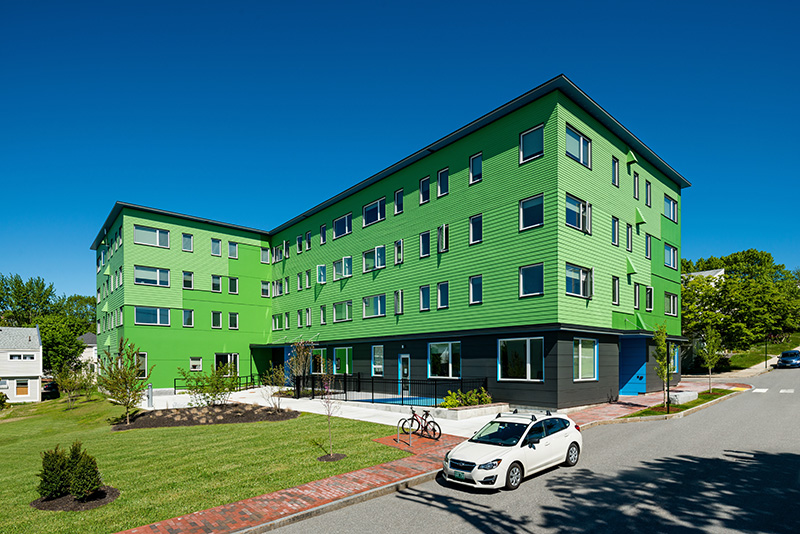
Affordable housing development is stuck between a rock and a hard place. The need is immense, with most major cities facing urgent demand for thousands of units. At the same time, escalation of construction and real estate costs makes the feasibility of such projects increasingly difficult to make financially work. Facing specific caps on per unit construction and rental costs, subsidies can only go so far in helping to provide more affordable housing. Increasingly, the onus is being placed on the design and construction teams to come up with innovative ways of lowering costs in a time of price inflation. This webinar will look at two affordable housing projects—one in Portland, ME and one in Seattle, WA—and examine unique ways that wood’s value was leveraged to make the projects pencil out. You’ll hear from an architect, contractor, and housing agency representative, and learn how you too can use wood to solve cost concerns on your affordable housing projects.
By the end of the course, you will be able to do the following:
- Highlight the unique financial constraints of affordable housing projects and underline the societal importance of providing equitable housing options.
- Demonstrate how the use of cross-laminated timber shaft walls resulted in several benefits on an affordable housing project in Maine, including reduced construction schedule and enhanced worker safety.
- Discuss framing optimization strategies for wood-frame multi-family construction, with an emphasis on code compliance for fire, life safety and acoustic design, and repeatability.
- Review other design enhancement strategies being considered on affordable housing projects, such as passive house construction, which can result in lower operating costs and higher levels of occupant comfort.
